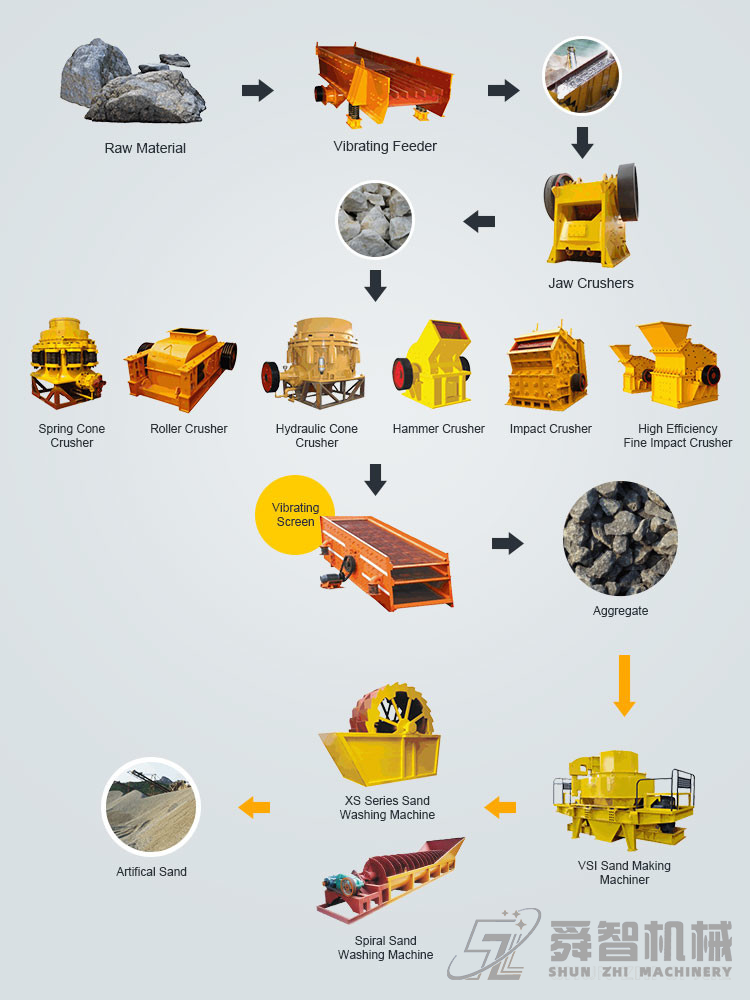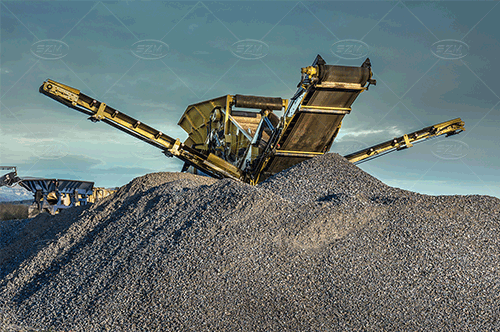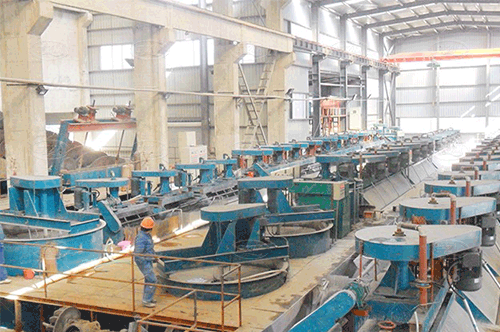Contact us for more information +86 173 989 56111 or szm@chinashunzhi.com


- Home
- Products
-
Stong Crushing Machine
- Jaw Crusher
- Impact Crusher
- Single Cylinder Cone Crusher
- Vertical Shaft Impact Crusher
- Wheel-type Mobile Crusher
- Crawler Type Mobile Crusher
- European Version Jaw Crusher
- Multi-cylinder Hydraulic Cone Crusher
- Compound(Symons) Cone Crusher
- Spring Cone Crusher
- Hammer Crusher
- Heavy Hammer Crusher
- Double Roller Crusher
-
- Projects
-
Beneficiation Production Line
Material Production
- Aggregate for Highway Building
- Wet Sand Making
- Manufactured Sand
- Limestone Crushing
- River Pebbles Sand Making
Other Production Lines
-
- Solutions
- News
- Services
- About
- Contact
Material Production
Limestone Crushing
Datetime:2021-07-08 19:28:12 Visits:
Design OutputAccording to customer needs
Material
It is suitable for primary, secondary and tertiary crushing of middle hard and soft rock such as limestone, dolomite, marl,sandstone and clinker, etc.
Application
It is applied for primary, secondary and tertiary crushing of various middle hard materials in the industries of chemical, cement, building and refractory.
Equipments
Jaw crusher, impact crusher, sand maker, vibrating feeder, vibrating screen, belt conveyor.

Limestone is the trade name of limestone as mining raw material, it has a very wide distribution with abundant reserves. The main component of limestone is CaCO3. Its Moh's hardness is 3. It is an important road construction material, and also it is an important material for calcinating lime and cement, it is an indispensable high calcium lime to metallurgical industry, after ultrafine grinding, high quality limestone can be widely applied in the production of paper making, rubber, paint, coating, medical, cosmetic, feed, sealing, adhesion, polishing. The compressive strength of limestone is typically about 150 MPa, it belongs to soft rock, and therefore impact crusher is adopted for the production process of limestone production line. The proven Sanme impact crusher is a new type of impact crusher with high efficiency, and is suitable for crushing limestone and sandstone, 95% of crushed material <45mm.
Basic Process of Limestone Crushing Production Plant
The limestone crushing production line is divided into three stages: coarse crushing, medium fine crushing and screening.
The first stage: coarse crushing
The limestone stone blasted from the mountain is fed uniformly by the vibrating feeder through the silo and transported to the jaw crusher for coarse crushing.
The second stage: medium and fine crushing
The coarsely crushed materials are screened by vibrating screen and then conveyed by belt conveyor to cone crusher for medium and fine crushing.
The third stage: screening
The medium and finely crushed stones are conveyed to the vibrating screen through a belt conveyor to separate stones of different specifications. The stones that meet the requirements of the customer's particle size are conveyed to the finished product pile through the belt conveyor. The impact crusher crushes again, forming a closed circuit cycle.
Basic Process of Limestone Sand Making Plant
The Limestone sand making process is divided into four stages: coarse crushing, medium fine crushing, sand making and screening.
The first stage: coarse crushing
The pebbles blasted from the mountain is fed uniformly by the vibrating feeder through the silo and transported to the jaw crusher for coarse crushing.
The second stage: medium broken
The coarsely crushed materials are screened by vibrating screen and then conveyed by belt conveyor to cone crusher for medium crushing. The crushed stones are conveyed to the vibrating screen through a belt conveyor to sieve out different specifications of stones. The stones that meet the requirements of the customer's particle size are conveyed to the finished product pile through the belt conveyor. The cone crusher crushes again, forming a closed circuit cycle.
The third stage: sand making
The crushed material is larger than the size of the two-layer screen, and the stone is conveyed to the sand maker machine through the belt conveyor for fine crushing and shaping.
The fourth stage: screening
The finely crushed and reshaped materials are screened by circular vibrating screen for coarse sand, medium sand and fine sand.
Note: For the sand powder with strict requirements, a sand washing machine can be added behind the fine sand. The waste water discharged from the sand washing machine can be recovered by the fine sand recycling device. On the one hand, it can reduce environmental pollution, and on the other hand, it can increase sand production.

